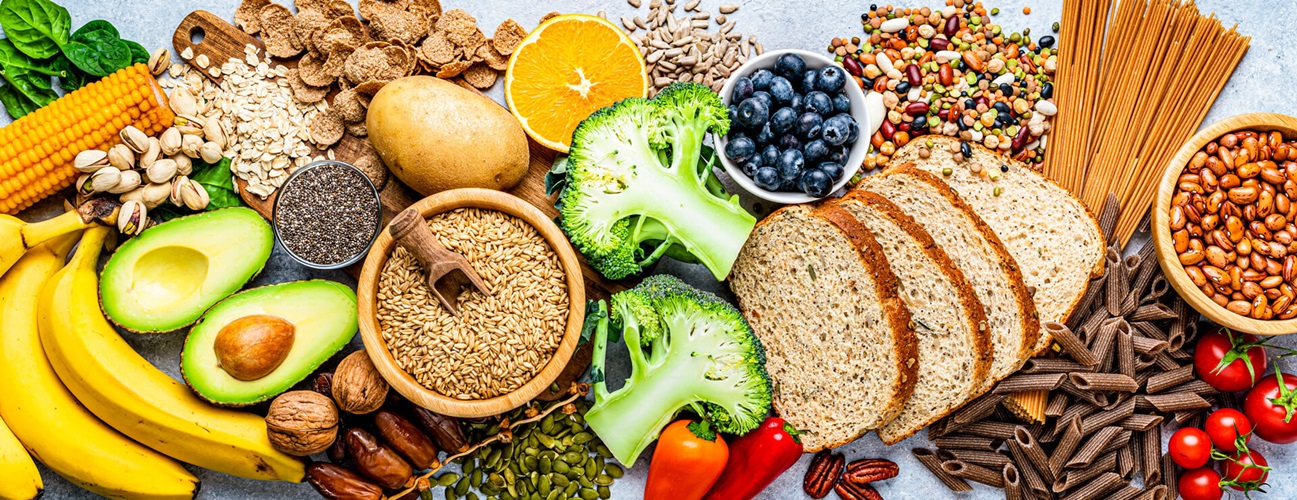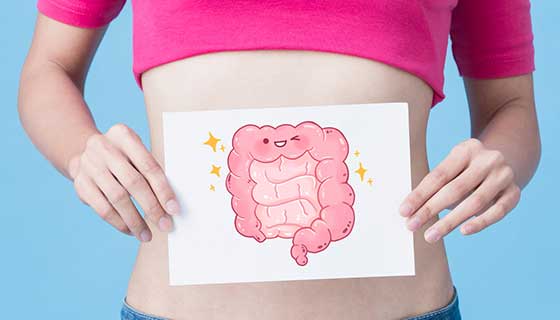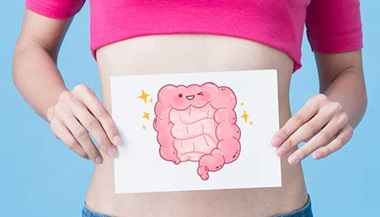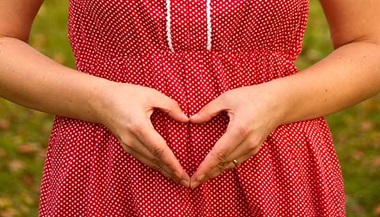Foods for Diverticulosis and Diverticulitis
Featured Expert:
Certain foods may help prevent complications of diverticulosis and diverticulitis, two related problems that affect the colon. Diverticulosis happens when small pouches (diverticula) form in the walls of the colon. Diverticulitis (also referred to as a diverticular flare-up) happens when a tear develops in one or more of those pouches. These tears may lead to inflammation or infection of the pouches, which results in abdominal pain.
“Diverticulosis is a common condition in developed countries, especially in adults age 40 and older,” says Melinda Cater, a dietitian at Sibley Memorial Hospital. “By age 60, up to half of American adults have developed diverticula in the walls of their colon, and up to 30% of people with diverticulosis will experience a diverticular flare-up.”
The good news is your food choices can make a difference. “Although there is not one specific diverticulosis diet, a healthy diet full of fiber-rich foods can help lower that risk,” Cater says.
Diverticulosis: What to Eat
Cater says people with diverticulosis can benefit from eating fiber-rich foods, including:
- Whole grains, such as quinoa, bulgur, teff, barley, popcorn, oats, shredded wheat or bran cereals, and whole grain breads
- Beans and legumes, including black beans, kidney beans, chickpeas and lentils
- Vegetables such as greens (collard, kale, spinach), broccoli, cauliflower and carrots
- Fruit, especially blackberries and raspberries, but also avocado, blueberries, strawberries, apples and pears (with the skin on), kiwi and oranges
- Seeds such as sunflower, pumpkin, flax and chia
- Nuts such as almonds, pistachios and pecans
Tips for High-Fiber Eating
Go slow at first. Cater says if your current diet is lower in fiber and heavier in refined flour, meat and cheese, it may take a while for your digestive system to get used to a change. Start out with a few substitutions, and gradually work your way up to including more and more high-fiber choices into your meal planning.
Expect some changes. “Some gas and bloating are normal while you get used to a higher fiber diet,” says Cater. It’s important not to confuse these mild discomforts with a diverticular flare-up. “Increasing your fiber intake gradually will help, as will staying well hydrated. During this transition to a higher fiber diet, having some extra intestinal gas without fever or other symptoms is likely nothing to worry about.”
Stay hydrated. Cater stresses that fiber needs water to work. “Drinking enough water is essential for keeping your bowels healthy and functioning.” How much water is enough? “The number of ounces I recommend is about half the person’s body weight in pounds,” she says. So, for example, a person who weighs 180 pounds would aim for about 90 ounces of water each day.
Strive for high-fiber goals. “Most Americans get 10 or 15 grams of fiber a day, but that’s not enough,” Cater says, offering these guidelines for recommended daily fiber intake:
- Women up to age 50: at least 25g
- Women over 50: at least 22g
- Men up to age 50: at least 31g
- Men over 50: at least 28g
Enjoy popcorn, nuts and seeds without worry. “In the past, these items were thought to raise the risk of diverticulitis, but decades of research have not supported this idea,” Cater explains.
Enjoy other health benefits. According to Cater, while following a high-fiber diet is great for helping to prevent diverticular flare-ups, it also has other health advantages, such as:
- Regulating blood sugar
- Lowering cholesterol
- Reducing the risk of colorectal cancer
- Assisting with weight control by helping you feel fuller longer
Foods to Avoid with Diverticulitis
Cater says during a bout with diverticulitis, the doctor may recommend modifications to your diet, including a temporary hold on fiber intake while the irritation resolves. For instance, depending on how severe the flare-up is, your doctor may recommend one of the following:
- Nothing by mouth for a short time, also known as a bowel rest
- Clear liquids only
- A liquid diet
- A low-fiber diet
What if you are on antibiotics?
Acute diverticulitis may require treatment with antibiotics to address the infection. People in the hospital who receive antibiotics through an IV will have their nutrition supervised by the medical team.
“For those who are being treated at home with oral antibiotics, if you are allowed to eat and drink during your treatment, be aware that certain foods and vitamin or mineral supplements may interfere with medications,” Cater notes. In addition, some antibiotics can cause an upset stomach, but taking them with food may ease side effects.
“Be sure to read the packaging on the prescription or ask the pharmacist to help you understand if there are foods you should avoid while on the antibiotic, or if it is OK to take the medication with food.”
Resuming a High-Fiber Diet After Diverticulitis
After you’ve recovered from a diverticular flare-up and are given the go-ahead by your doctor to resume your regular diet, Cater says it’s important to gradually work your way back up to a high-fiber diet.
“Over the long term, it may help prevent another flare-up.”







